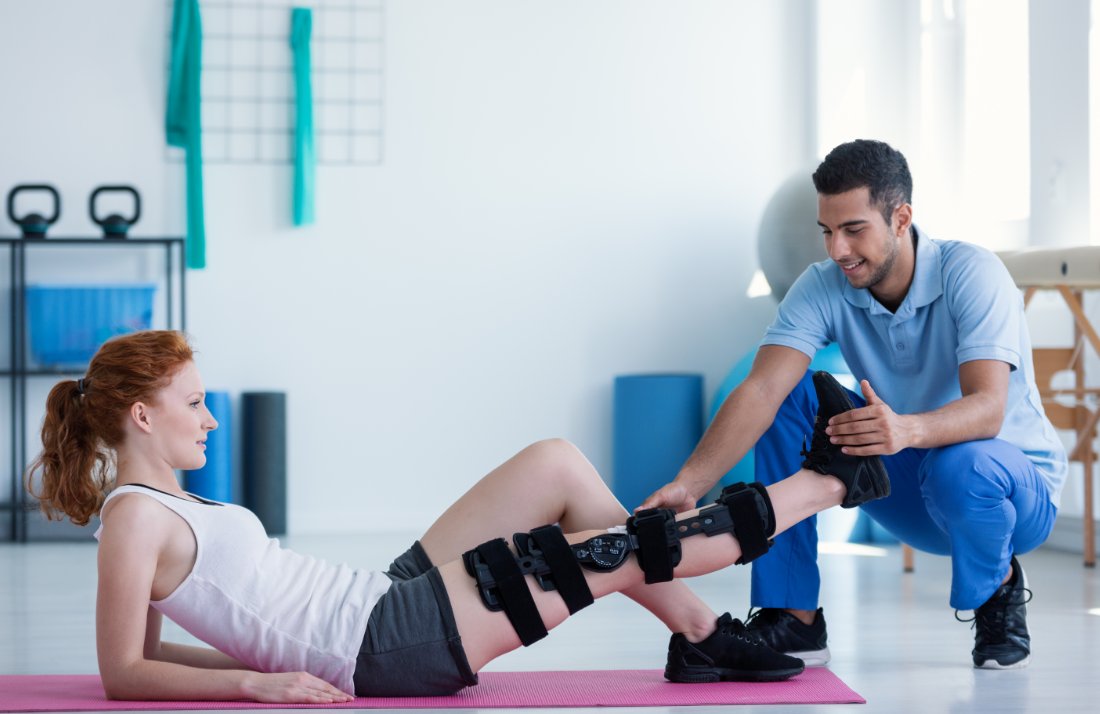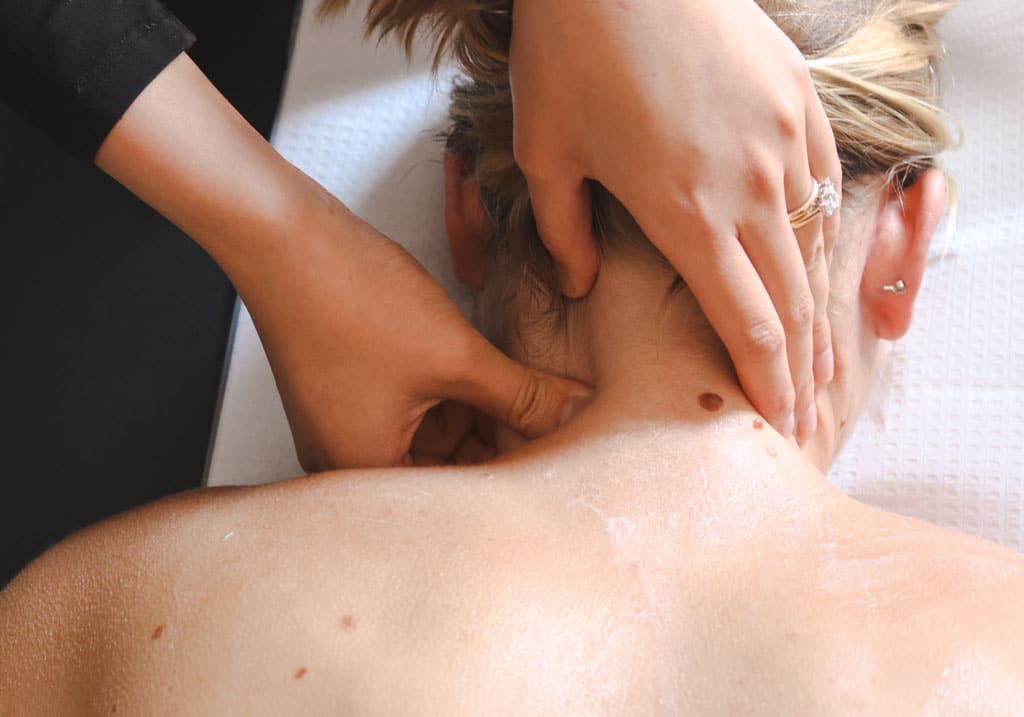Accidents can happen when you’re out there riding, no matter how experienced or cautious you are.
If you’ve recently experienced an injury and are eager to get back in the saddle (or onto your two wheels), the right recovery plan is essential. Here, we’ll provide actionable tips to help riders on their road to recovery—whether it’s prioritizing self-care, following medical advice, or regaining your confidence post-accident.
Keep reading to learn how you can heal faster and smarter.
Take Recovery One Step at a Time
Step 1: Seek Professional Medical Attention
The first step to recovery sounds obvious but can be overlooked in the adrenaline-filled aftermath of an injury—always consult a medical professional. Proper diagnosis and treatment are key to avoiding further complications down the line. Whether it’s a minor sprain or a significant fall, your doctor can guide you on the exact steps to a speedy recovery.
Don’t guess your way through the rehabilitation process. Riding injuries—especially back pain, joint stress, or ligament tears—require a targeted plan that only experts can provide.
Step 2: Prioritize Rest and Hydration
If you’re eager to jump back into riding, it’s tempting to push yourself too soon. However, rest is crucial for healing and should not be skipped. This downtime allows your body to repair itself and reduces the chance of reinjury.
Hydration is another important element often undervalued during recovery. Staying hydrated helps to flush out toxins, maintain muscle elasticity, and restore your energy levels over time. Add electrolyte-rich drinks to enhance hydration if your body feels particularly depleted.
Stay Active with Light Exercises
Engage in Safe, Low-Impact Exercises
The idea of “active recovery” can sound a little contradictory, but gentle movements can actually aid the healing process by stimulating blood flow and preventing muscle atrophy. Physical therapists often recommend activities such as stretching, yoga, or swimming for riders recovering from injuries.
For example:
- Stretching improves your flexibility, ensuring stiff joints and muscles loosen up.
- Swimming offers low-resistance exercise, helping you build strength without risking additional strain on injured areas.
Consult a Rehabilitation Specialist
A physical therapist or rehabilitation expert will tailor exercises to your specific circumstance. This added guidance can play a vital role in ensuring that you rebuild strength safely. Don’t take shortcuts—your body will thank you for it in the long run.
For those recovering from a vehicle or cycling accident, seeking resources like a Salt Lake City truck accident lawyer can provide additional support for managing medical bills or lost wages, allowing you to focus on your healing process.
Mental Health: The Unsung Hero of Recovery
Address Fear of Riding Again
After an injury, confidence can take a hit. You might feel nervous getting back into riding, especially if the incident was particularly traumatic. This is a perfectly natural response, but it’s important to take steps to address these fears early on.
Here are some confidence-boosting tips:
- Start slow—ride in a controlled, familiar environment before returning to complex routes or tracks.
- Use visualization techniques—imagine yourself riding confidently to help ease anxiety before you get back on.
- Practice with a trusted friend or trainer for extra support during those first few rides.
Mindfulness and Stress Management
Mindfulness practices like meditation or deep breathing exercises can help reduce recovery-related stress. Studies have shown that mental relaxation techniques can directly improve physical healing by reducing inflammation and boosting your immune system.
If intense anxiety or post-trauma feelings persist, consider working with a therapist who specializes in sports or accident recovery.
Nutrition for Healing and Strength
What you eat matters when you’re recovering. A diet rich in nutrients can significantly speed up your recovery process.
Key Foods for Recovery
- Proteins: Lean meats, eggs, or tofu help rebuild muscle tissue damaged during an accident.
- Vitamin C: Oranges, strawberries, and bell peppers promote collagen production, crucial for healing wounds or soft tissue.
- Omega-3 Fatty Acids: Found in salmon or walnuts, these reduce inflammation and improve joint mobility.
- Calcium and Vitamin D: These nutrients are vital for bone health, especially if you’ve sustained fractures during your injury.
Avoid Processed Foods
While it’s easy to grab a bag of chips when low on energy, processed and sugary foods increase inflammation, slowing down the recovery process. Stick to whole, nutrient-dense meals for optimal healing.
Gradually Return to Riding
Once you’re cleared by your doctor, it’s time to ease back into your routine. Start small—short rides at reduced intensity—and gradually build up as your body allows.
Pay attention to your body’s signals while riding:
- Are you feeling discomfort or pain in certain areas?
- Do you notice any strain on previous injuries?
Pacing yourself is critical to avoid setbacks. A slow, steady approach will allow you to fully recover while rebuilding your strength.
Build a Support Network
Whether it’s fellow riders, trainers, or medical professionals, having a solid support system can make all the difference during recovery. Online communities are a great place to connect with others who’ve been through similar experiences, sharing tips and motivation along the way.
Your Road to Recovery Starts Now
Recovering from a riding injury takes time, patience, and the right strategy—but it’s absolutely achievable with the steps we’ve outlined above. By prioritizing rest, exercise, nutrition, and mental health, you’ll be back to doing what you love in no time.
If you’re dealing with legal or financial issues resulting from a vehicle-related riding accident, resources like a Salt Lake City truck accident lawyer can guide you through the process, so you’re not overwhelmed.
Remember, healing may not always be linear, but every small step forward gets you closer to the adventure that awaits.

Dilawar Mughal is an accomplished author with a passion for storytelling. His works span various genres, from thrilling mysteries to heartfelt romance novels. With a keen eye for detail and a knack for character development, Sana Fatima weaves engaging narratives that captivate readers and transport them to new worlds.










